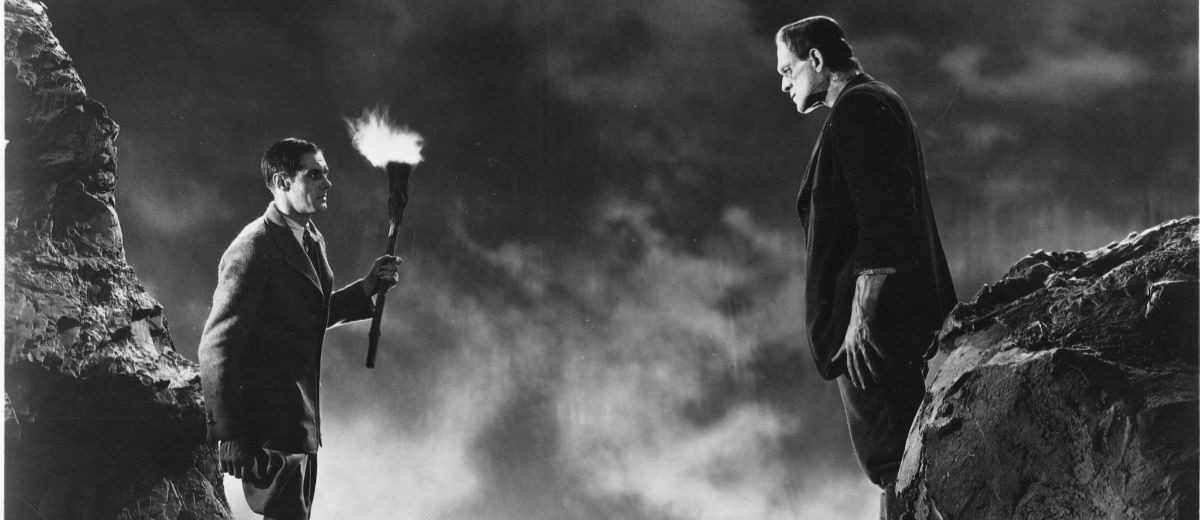I’ve been struck recently by the way art evolves as it endures, how it affects the notion of authorship, ownership and the distance from the purity of the idea that initiated it.

Think of some of the most recognisable characters, stories or even iconographies from pop culture. The examples that occurred to me in relation to this train of thought are the Saw franchise and Frankenstein.
The reason is because I read the original novel by Mary Shelley around the same time I tracked down the original short film Leigh Whannell and James Wan created as their showreel, the one that got them the gig making the original Saw with Lionsgate.
A couple of the hallmarks of the series fans all know and love are there – but only a couple. Billy the puppet makes an appearance, and it features his ghostly intoning of ‘make… your… choice…’. You can see the beginnings of the flushed out cinematography, the grimy production design and many other identifiable characteristics that would become unique identifiers for the whole series.
But more still like the theme, the moniker ‘Jigsaw’, the bathroom that becomes pivotal to the plot of the original movie, the device of having multiple people trapped in Jigsaw’s games and the mystery of how they’re connected all developed over time thanks to contributions by other directors, writers, composers, etc.
Then there’s Frankenstein. When we think of Shelley’s grandaddy of all Gothic horror creatures, we think of a whole raft of visual and character motifs that have been with us for almost a century.
But when you read the novel it’s surprising how few of them are in it. She doesn’t take much trouble to describe the creature’s physical appearance other than its size, and all she says about the process that brings it to life is that it’s a scientific experiment. Frankenstein visits some dark and arcane but mostly-unspecified procedure upon the corpse and hears it moving around in an upstairs room in his house the next morning.

Everything else we immediately equate with Frankenstein – the bolts in the neck, the flat-top head, the mad scientist’s castle stronghold, Igor, the lightning storm – were invented by director James Whale, art director Charles D Hall and the four screenwriters credited with the script or scenario of the 1931 Universal movie, elements that were added 120 years after the novel was published.
The same thing happens with any number of enduring characters or stories. Worlds start off with a self contained story some writer or artist (Bill Finger, Bob Kane, George Lucas) thinks is cool, and between their original conception and their eventual popularity every character, line, accouterment, prop and barely-thought-out mythological underpinning grows and adds to a vast pop mythology.
Writers, directors and artists go on to spin entire multi-layered universes (canon, as the word is now known in pop culture) out of what were once quite simple ideas. Like Shelley, Wan and Whannell, Lucas, Finger and Kane, many originators eventually aren’t even attached to them, their thin but iconic initial designs given to the world (corporate rightsholders, more correctly) to endlessly explore avenues the original form can take.
Every time that’s done another piece is added into a vast tapestry. Some are forgotten, some are immortalised (Robin, Rogue One, ‘It’s alive!’, Hello Zepp), but they’re examples of how art doesn’t really belong to a single author, it belongs to the world.
Subscribe to FIB’s Weekly Alchemy Report for your weekly dose of music, fashion and pop culture news!







